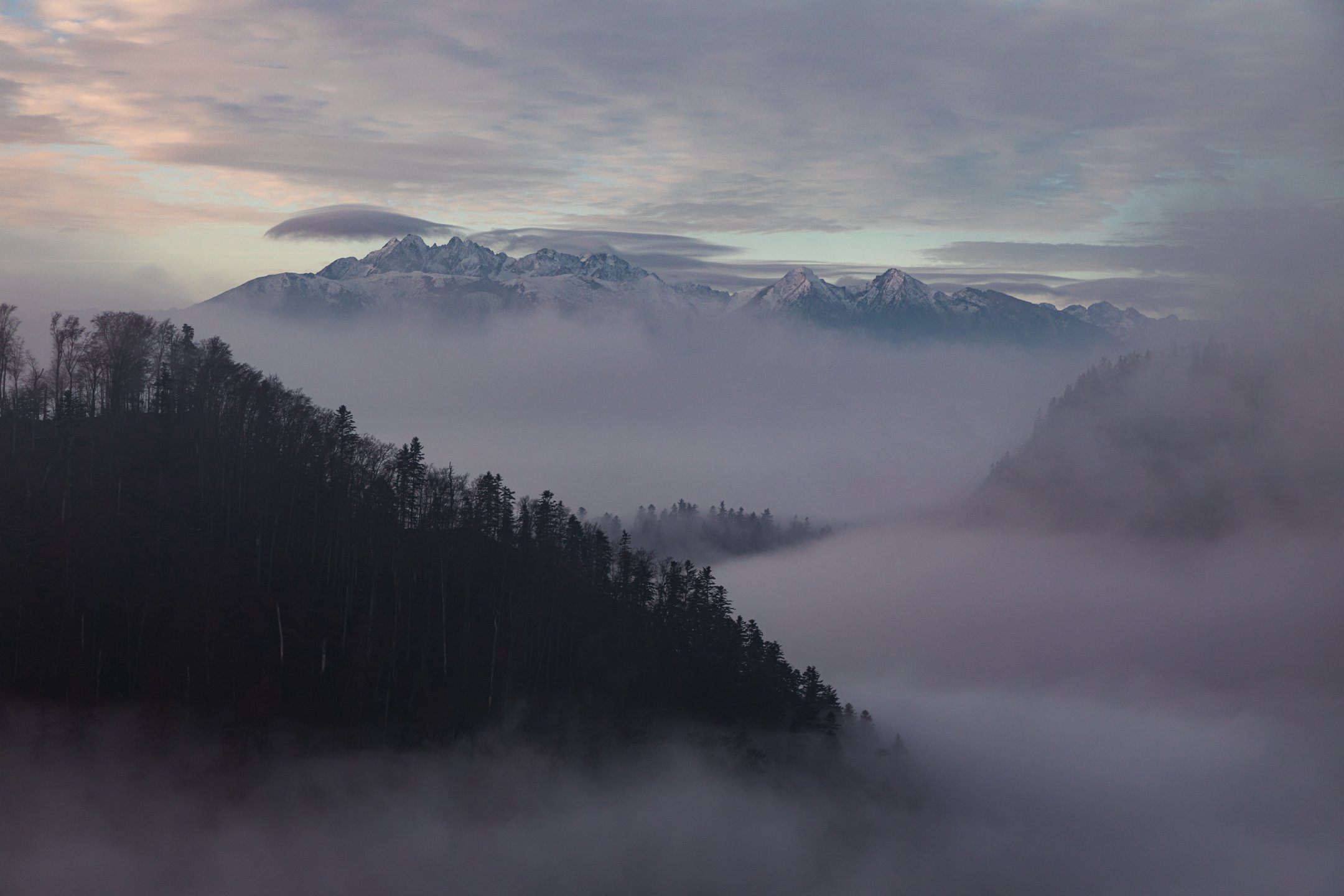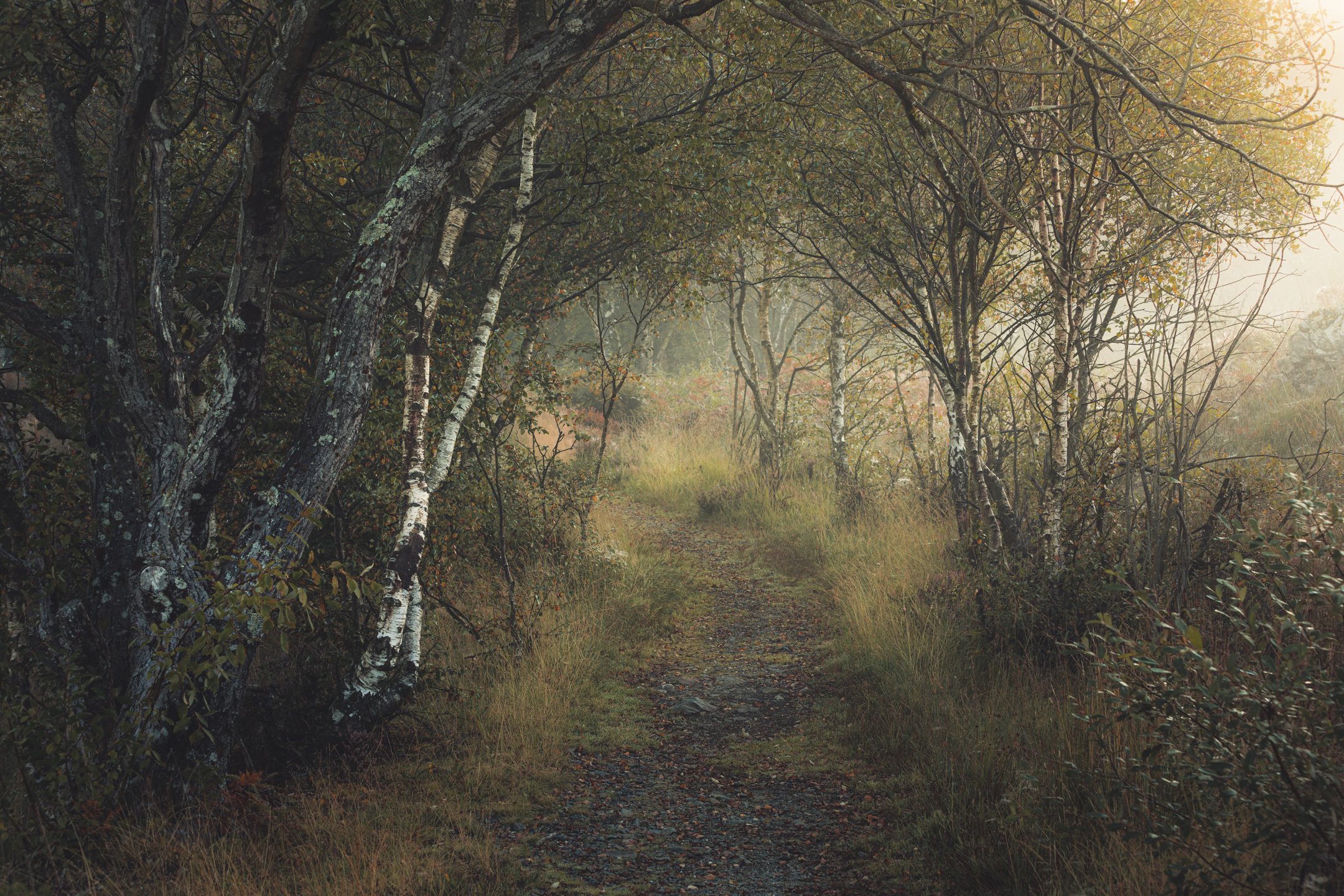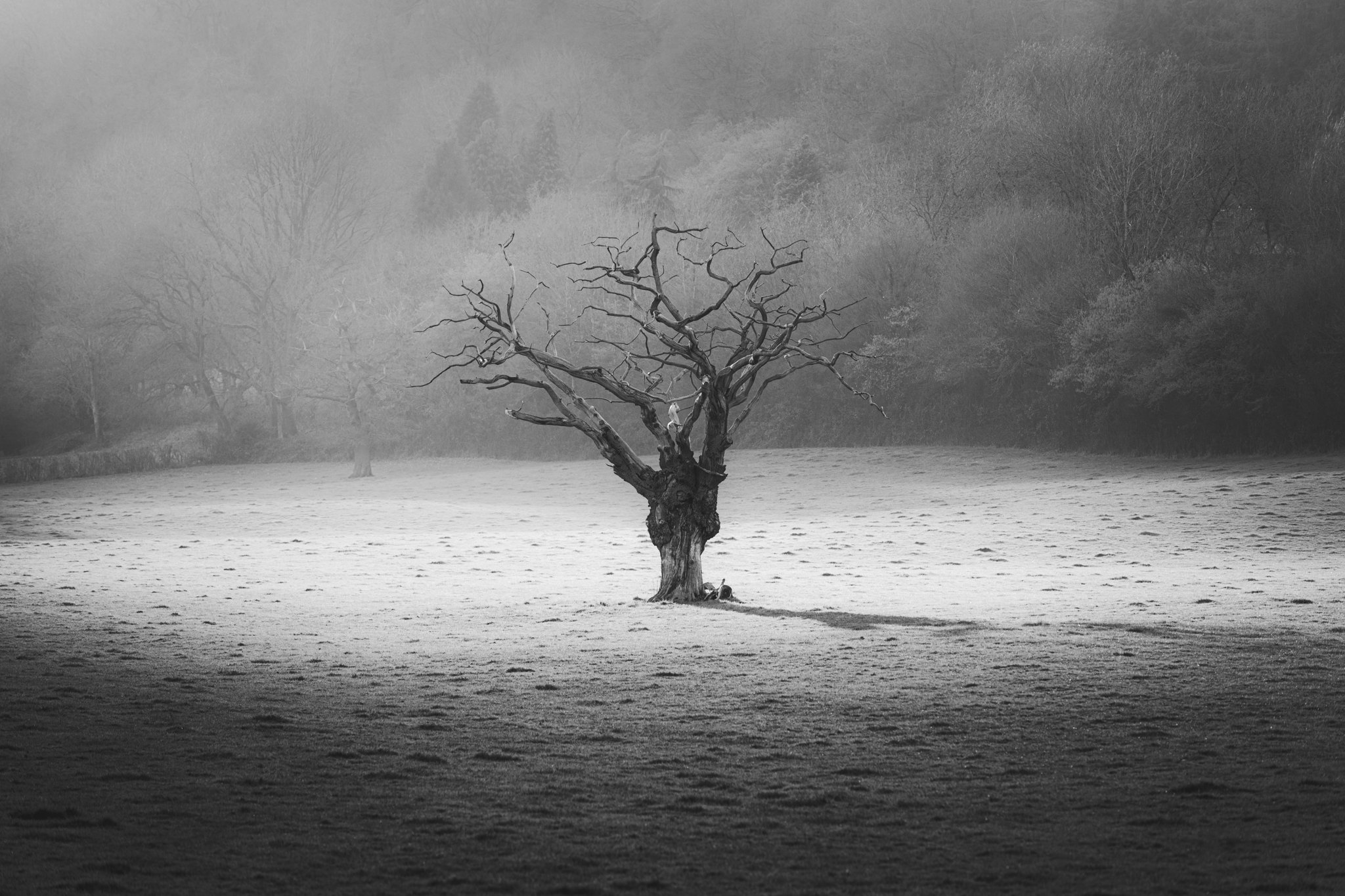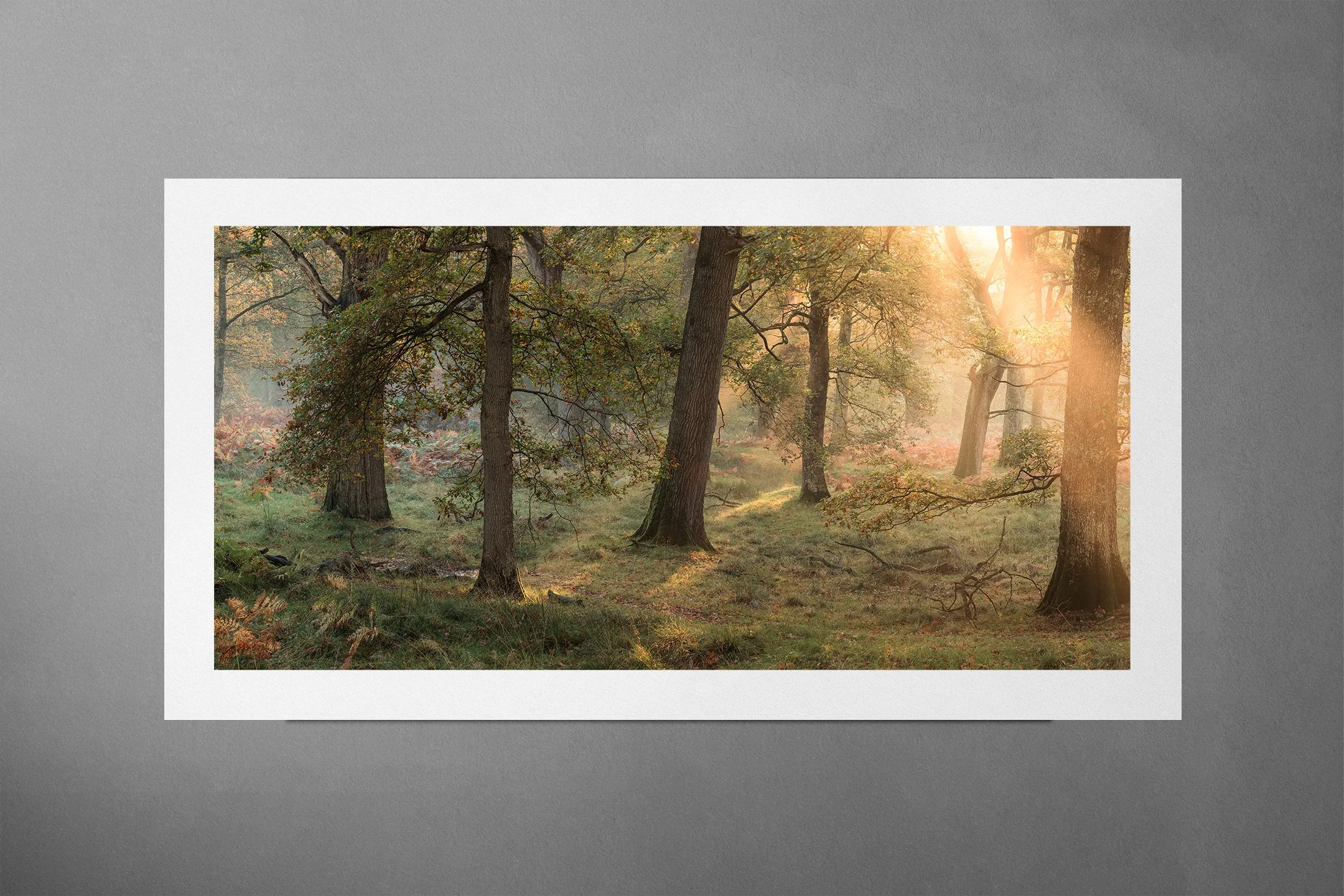
A Landscape Photography Adventure into the Mountains of Poland
In November, I packed my camera and a few changes of clothes into a suitcase and flew over to Poland. A trip to the Tatra Mountains was in store… And lots of Polish donuts!

How My Love of Woodland Photography was Born
In this entry, I dig down to my roots to learn about why I enjoy woodland photography so much…
12 Tips on How to Photograph Spring Wildflowers
In this article, I cover 12 of my top tips that will help you to create better photographs of the UK wildflowers.

The Best of 2021: My Year in Photographs
Photos and short stories from some memorable photography trips. An entire years worth of photographs broken down into 7 categories.
A Year Amongst Trees
Thoughts and reflections from a year exploring and photographing UK woodland.
How to Improve your Woodland and Forest Photography
Looking for ways to improve your own woodland photography? Dive in for some of my own tips from a year amongst the trees…
How Lockdown Project in Welshpool Changed My Photography for the Better
Part one of my local area photography projects that I adopted through the lockdowns here in Welshpool, Mid Wales.
An Epic Landscape Photography Road Trip To Lake District & Scotland: Part 2
Part two of this epic road trip sees me head all the way to Scotland where I wave my long lens around in Glencoe and on the Isle of Skye.
Just Some Late Evening Photography Thoughts
Just some random late evening thoughts after a bit of inspiration to write.
An Epic Landscape Photography Road Trip to Lake District & Scotland: Part 1
One man, his camera and two days in the Lake District landscape.
Snowdonia, North Wales: A Magical Place For Landscape Photography
Photography, mountains, legendary giants and Excalibur are just a few topics that I discuss in this blog post.
Diary of a Landscape Photographer | Entry 6
Just some spontaneous thoughts noted down today…
Winter Woodland Photography in Mid Wales
A recent series of winter woodland photographs that I submitted to feature in the Welsh Country Magazine.
Diary of a Landscape Photographer | Entry 4
In this series of blog entries, I share little thoughts and parts of my journey as I transition from full time employment into the world of self employment and what some might call entrepreneurship.
Diary of a Landscape Photographer | Entry 3
Are you interested to know what I’ve been up to for the last month since I quit my full time job?
I’ve compiled a full months worth of landscape photography in this post.
10 Top Tips to Improve Your Landscape Photography in 2023
Looking for some top tips to improve your landscape photography?
Look no further.
Here, I run through 10 of mine that I hope will help and inspire you to get out there and take better landscape photos.
Did you enjoy Any Of These articles? Please consider supporting my purpose with one of the following options:
If you took something valuable away from this, please consider exchanging some energy with me by purchasing a coffee to help keep me fuelled along my journey. It can be tiring exploring this inner landscape all by myself.
This is my first zine (small photobook) that contains a collection of tree photographs from around the beautiful landscape and woodlands of Wales.
All of the nature photography within these pages was produce during 2021, and this zine tells the story of a year that changed me as a Nature photographer and human.
It features a series of short stories, a poem that I felt inspired to write whilst out in nature, and an insight into why I create and where my love of the trees and woodland was born.
£15 + shipping.
Shipping information
Some countries may impose import duties on items purchased from the UK and it is the responsibility of the buyer to pay these charges.
‘Finding Light’ is a debut photobook produced by professional landscape & Nature photographer Brad Carr. This book beautifully expresses Brad’s deep reverence for and connection with the natural world and shines a light into the darkness of what it means to be a human being.
Featuring over 20 essays on Nature, photography, creativity, healing and belonging, Brad lays the foundations for his art and what is due to be a remarkable career in storytelling behind the camera.
Foreword by Professor David Watkins.
Over 75 photographs.
Over 20 essays on the creative life, Nature, healing, psychology and spirituality.
Short stories and poetry.
Due to be released Spring 2025.
The first 100 Standard Editions will be signed on the inside.
Collectors Editions come signed with your choice of luxury, fine art print from my limited edition print gallery.
Pre orders will be subject to free UK shipping. Use code ‘freeukshipping’ at checkout.
For international orders, please select the 'International Standard' option.













‘Out of Nothing’ is a part of my limited edition collection from 2021 of which the following quantities and sizes are available:
Fine art prints -
30 at size 18’’ x 18’’
10 at size 24’’ x 24’’
5 at size 30’’ x 30’’
3 at 34’’ x 34’’
2 at size 44’’ x 44’’